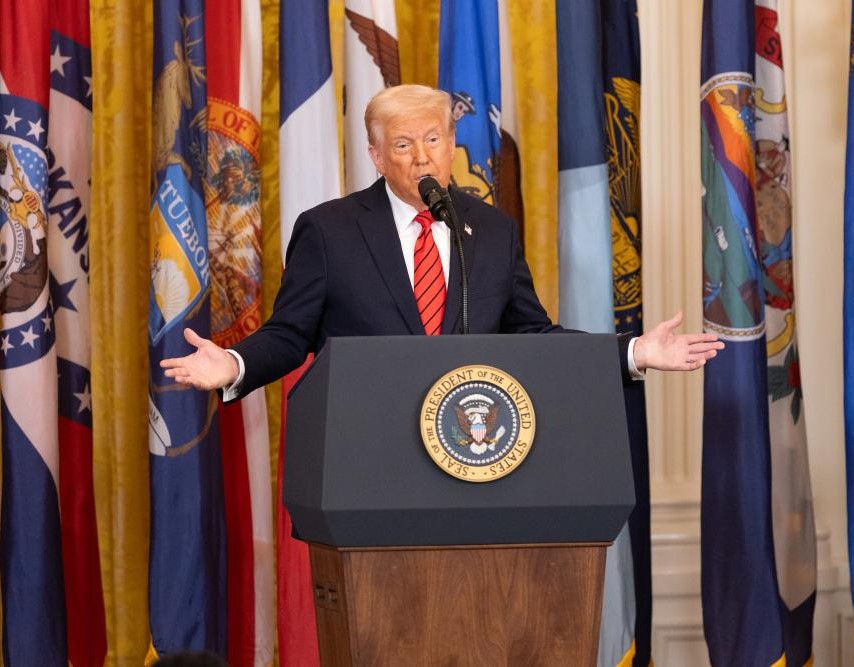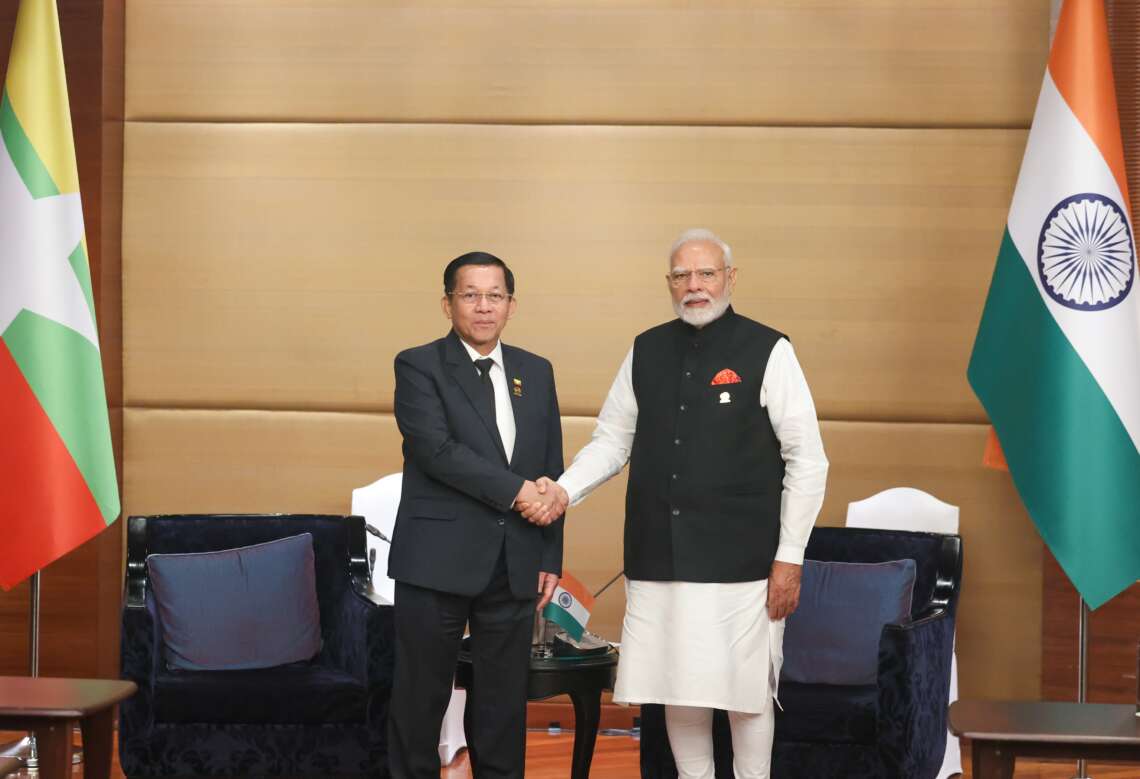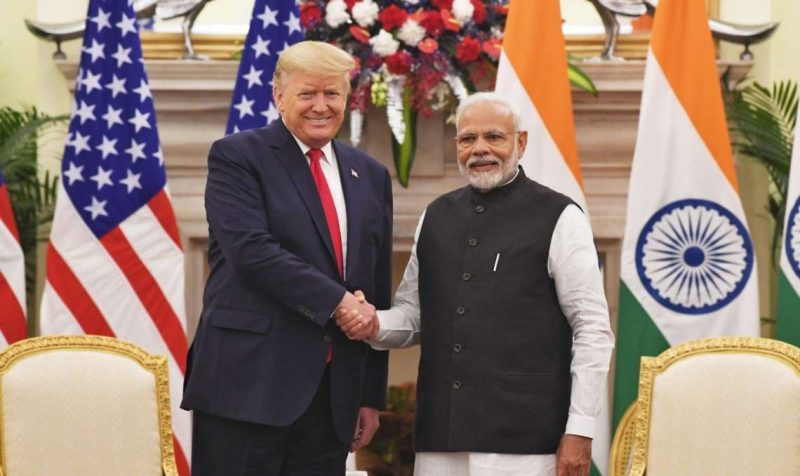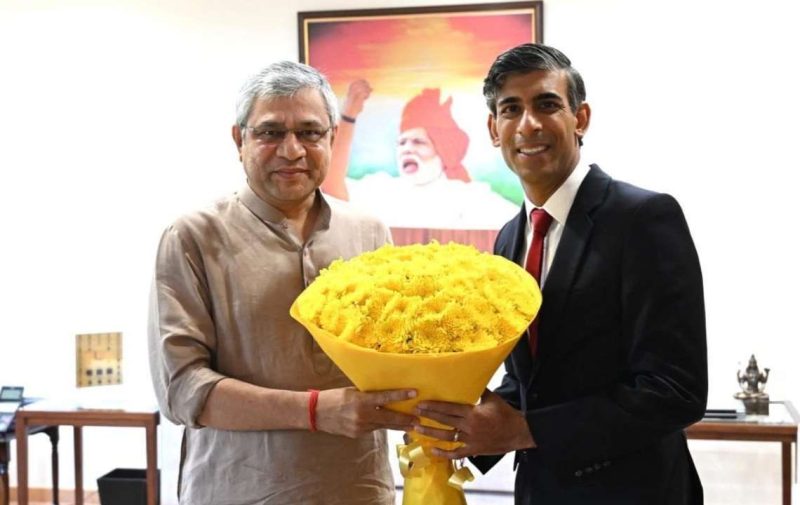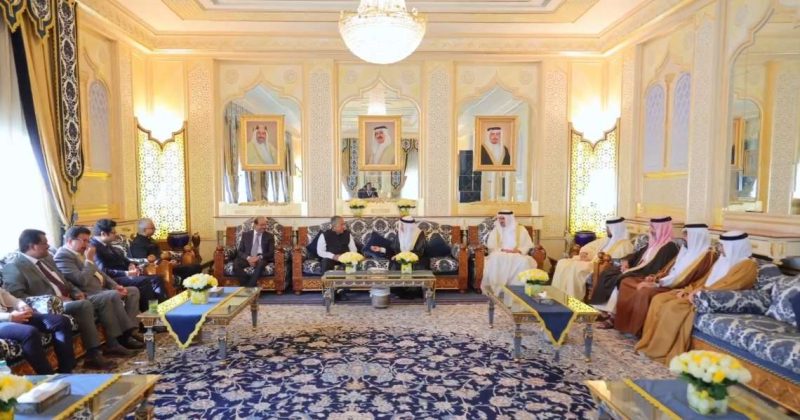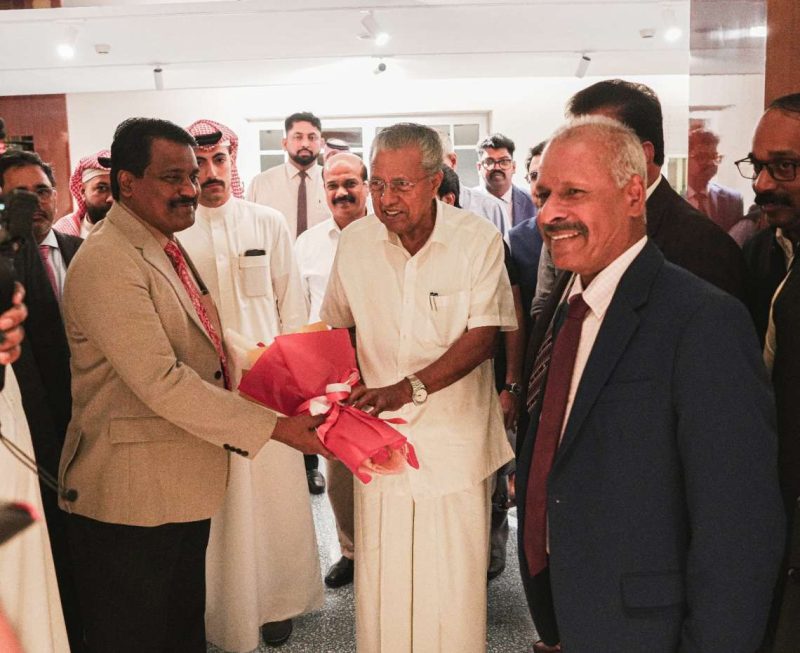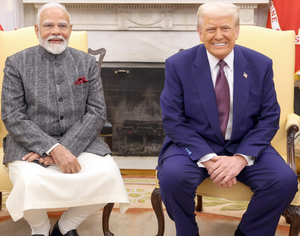Among the options under discussion within the administration is a 15 percent tariff on what Treasury Secretary Scott Bessent has dubbed the “Dirty 15” countries and entities
US President Donald Trump is set to announce new reciprocal tariffs on Wednesday aimed at addressing what he has called “decades of unfair trade practices,” with the move likely to be closely scrutinized around the world, including in India.
The White House described the forthcoming announcement as part of the President’s effort to correct global trade imbalances that have, according to Trump, hurt American workers and the nation’s manufacturing sector. Trump has dubbed the upcoming announcement “Liberation Day,” but has sought to temper concerns by stressing that the tariffs will be “more lenient than reciprocal” and “kind.” While specifics of the tariffs remain unclear, the White House has emphasized that the move is part of a broader plan to restore American manufacturing dominance.
“Tomorrow, the President will be addressing the decades of unfair trade practices that have ripped our country off and American workers off,” White House spokesperson Karoline Levitt said Tuesday. “It has hollowed out our middle class. It has destroyed our heartland, and the President is focused on re-shifting our global economy to ensure that America is once again the manufacturing superpower of the world.”
The tariffs come as part of Trump’s long-standing agenda to reduce the US trade deficit and eliminate what he has referred to as “destructive trade deficits.” A notice published in the Federal Register names several countries and entities that could face the brunt of these tariffs, including India, China, Brazil, the European Union, and others.
Among the options under discussion within the administration is a 15 percent tariff on what Treasury Secretary Scott Bessent has dubbed the “Dirty 15” countries and entities. These nations could also face a universal tariff, though no decisions have yet been finalized. The countries identified in the notice include major economies such as India, China, Japan, Mexico, and South Korea, alongside other trade partners like Switzerland, Vietnam, and Turkey.
President Trump has hinted that some countries, including India and members of the European Union, have already begun lowering their tariffs in anticipation of the announcement. However, he also reiterated that the White House remains open to negotiations to avoid escalating tensions further.
“I think it’s going to work out very well, between India and our country,” Trump said Friday, referencing ongoing trade talks with India in anticipation of the tariffs. “I’ll probably be more lenient than reciprocal, because if I was reciprocal, that would be very tough for people.”
Trump has previously criticized India for its tariffs, which he has described as “brutal,” and has pointed to the growing trade deficit between the two countries. In 2024, the US goods trade deficit with India stood at $45.7 billion, reflecting a 5.4 percent increase over the previous year. Total goods trade between the US and India reached an estimated $129.2 billion, with American exports to India rising by 3.4 percent, while imports from India grew by 4.5 percent.
Despite the tensions over trade, both the US and India have engaged in talks ahead of the tariff announcement, but details of those discussions remain undisclosed. Trump has hinted at a more flexible approach to tariffs in certain cases, noting that there may be some exceptions, though he emphasized that the exceptions would be few.
The tariffs are set to build upon the previous rounds of trade measures introduced by Trump, which have already imposed substantial tariffs on imports from countries like China, Canada, and Mexico. The new tariffs, expected to take effect on April 2, would be in addition to these existing measures, which include a 25 percent tariff on automotive imports and other trade restrictions.
As the announcement looms, businesses and foreign governments are bracing for potential disruptions. The global trade community will be watching closely to see how the tariffs unfold and whether they will spark further negotiations or lead to additional trade conflicts.


